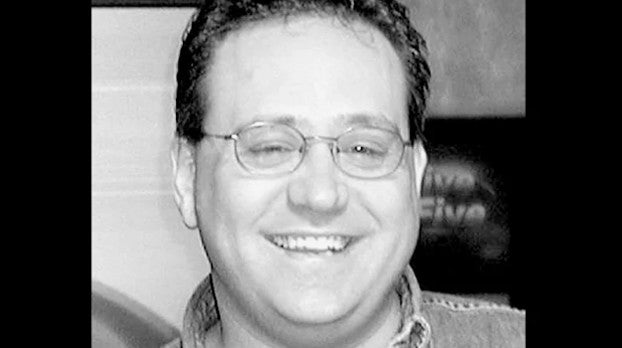Stop the time change
Published 11:29 am Monday, March 16, 2020

- Lyle Larson Texas House of Representatives R-San Antonio
|
Getting your Trinity Audio player ready...
|
Here we go again. This weekend time will shift one hour ahead as we complete the nonsensical ritual of changing our clocks to observe daylight saving time.
This strange ritual that has become ingrained in our lives boasts an interesting history. In 1784, Benjamin Franklin published a satirical essay in a French newspaper suggesting that Parisians could save $200 million through “the economy of using sunshine instead of candles.” Many people attribute the origin of the idea of daylight saving time to our Founding Father’s epistle.
In the United States, the clock-changing practice began just over one hundred years ago, in 1918, when the United States Congress decided to manipulate time by passing the Standard Time Act to save energy and create time zones. Back then, coal was our exclusive energy source and ensuring that Americans had more daylight working hours made sense.
Trending
Now, it’s hard to find reasons to support the continued observance of this practice. In 2008, the U.S. Department of Energy assessed the effect of observing daylight saving time on national energy consumption. It found that resetting our clocks amounts to a reduction in our total energy consumption of 0.02 percent. The study also determined that sticking with one time could actually save approximately 0.5 percent of electricity per day nationwide.
The practice of changing our clocks has other significant drawbacks. The risk of heart attack increases 10 percent in the days following springing forward, most likely caused by sleep deprivation and the interruption of biological rhythms. Studies also indicate that we are more likely to get sick, less productive, and frankly just exhausted directly following the time change.
Based on this data, it is hard to explain why we still change our clocks. Perhaps it is due to special interests. Congress passed the Energy Act of 2005, which extended the length of daylight saving time an extra week in the fall, in large part due to an effort by candy producers to allow for an additional daylight hour on the night of Halloween for trick-or-treating.
California and Florida have elected to observe daylight saving time year-round. It’s time for Texans to pick one – daylight saving time or standard time – and stick with it.
During the legislative session that ended in May of last year, we filed legislation seeking to end this primitive practice. Joint resolution 117, if passed, would have allowed Texans the opportunity to vote whether to stay on standard time year-round or daylight saving time year-round. HJR 117 passed the House 133-9. Frustratingly, once the bill reached the Senate, it was never referred to a committee. The proposal died in the Senate without even a word spoken about it on the Senate floor.
Had the bill passed in the Senate, it would have been the first time since daylight saving time was enacted over a century ago that voters in Texas would have had the opportunity to vote to end the biannual clock changing process.
Trending
Though we were unsuccessful in our quest to give you, Texas voters, a chance to finally end the illogical practice of changing our clocks, we are moving forward with plans to file the legislation again in the 87th Legislative Session, which begins in 2021. In the meantime, we urge you to contact your state legislators, Lt. Governor Dan Patrick, and Gov. Abbott to implore them to move this legislation forward next session.
Lyle Larson, R-San Antonio, is a member of the Texas House of Representatives. He can be reached at lyle.larson@house.texas.gov or @RepLyleLarson.





